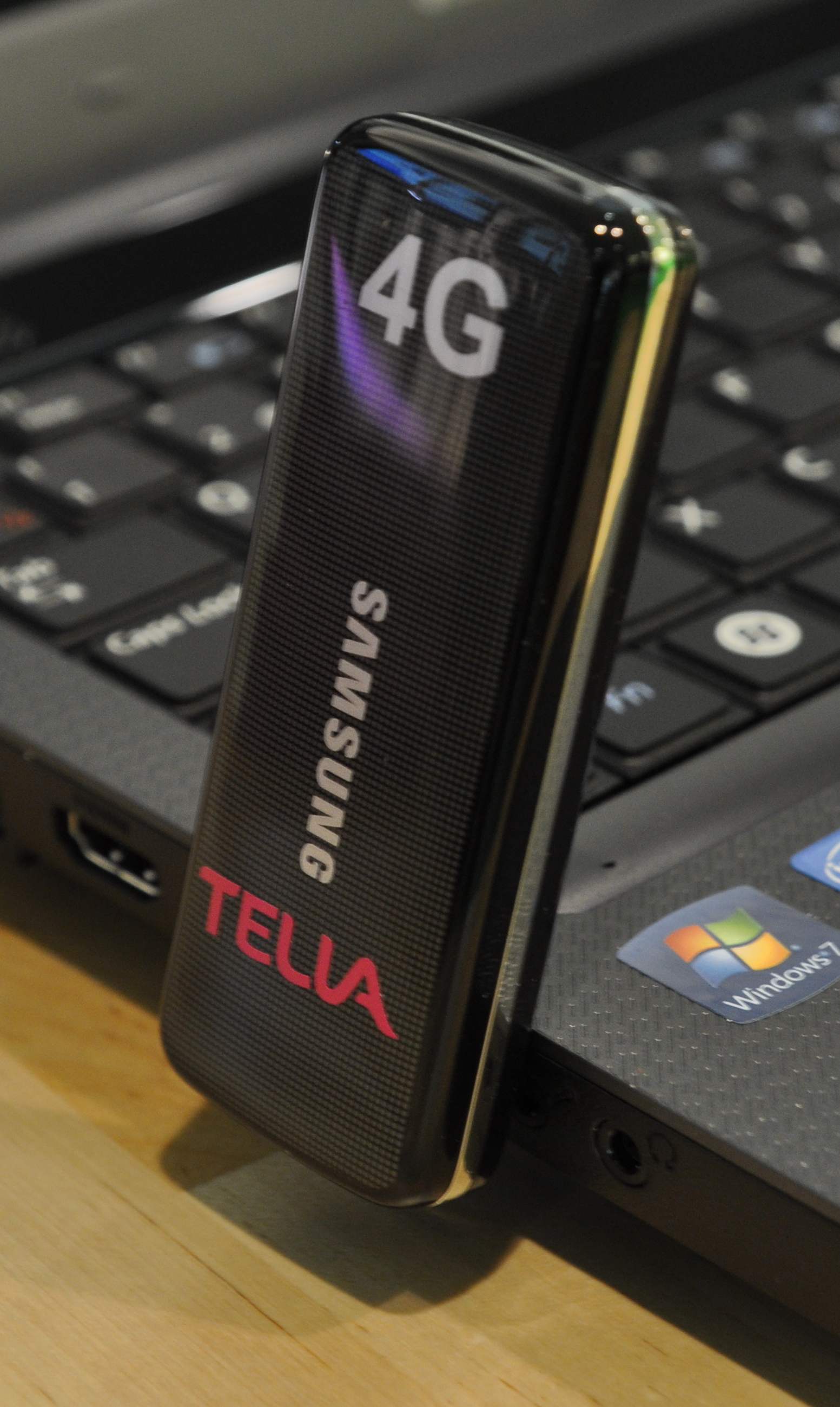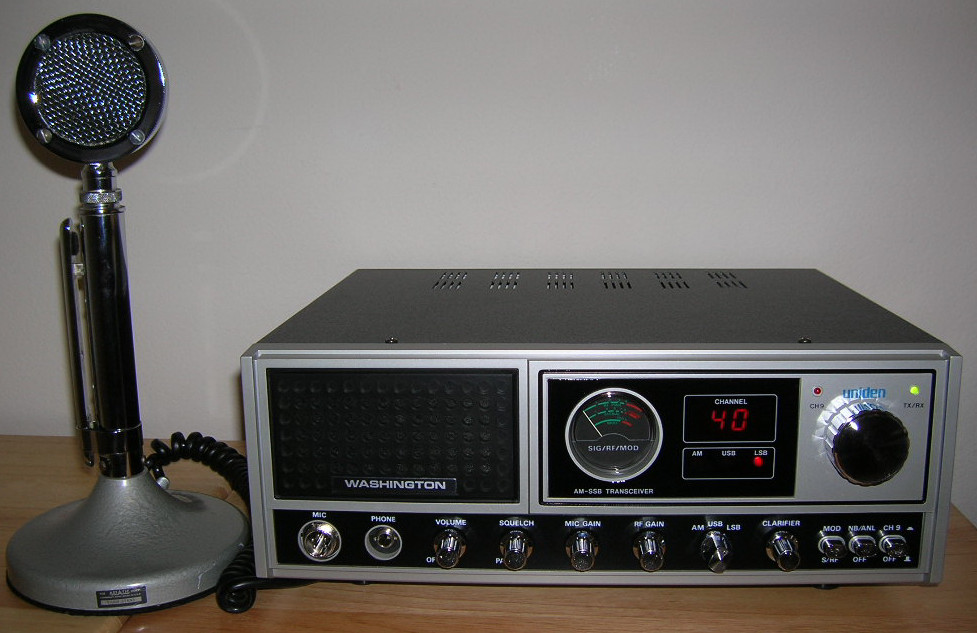|
802.16m
IEEE 802.16 is a series of wireless broadband standards written by the Institute of Electrical and Electronics Engineers (IEEE). The IEEE Standards Board established a working group in 1999 to develop standards for broadband for wireless metropolitan area networks. The Workgroup is a unit of the IEEE 802 local area network and metropolitan area network standards committee. Although the 802.16 family of standards is officially called WirelessMAN in IEEE, it has been commercialized under the name "WiMAX" (from "Worldwide Interoperability for Microwave Access") by the WiMAX Forum industry alliance. The Forum promotes and certifies compatibility and interoperability of products based on the IEEE 802.16 standards. The 802.16e-2005 amendment was implemented and deployed around the world . The version IEEE 802.16-2009 was amended by IEEE 802.16j-2009. Standards Projects publish draft and proposed standards with the letter "P" prefixed. Once a standard is ratified and published, that " ... [...More Info...] [...Related Items...] OR: [Wikipedia] [Google] [Baidu] |
WiMAX
Worldwide Interoperability for Microwave Access (WiMAX) is a family of wireless broadband communication standards based on the IEEE 802.16 set of standards, which provide physical layer (PHY) and media access control (MAC) options. The WiMAX Forum was formed in June 2001 to promote conformity and interoperability, including the definition of system profiles for commercial vendors. The forum describes WiMAX as "a standards-based technology enabling the delivery of last mile wireless broadband access as an alternative to cable and DSL". WiMAX was initially designed to provide 30 to 40 megabit-per-second data rates, with the 2011 update providing up to 1 Gbit/s for fixed stations. IEEE 802.16m or Wireless MAN-Advanced was a candidate for 4G, in competition with the LTE Advanced standard. WiMAX release 2.1, popularly branded as WiMAX 2+, is a backwards-compatible transition from previous WiMAX generations. It is compatible and interoperable with TD-LTE. Newer versions ... [...More Info...] [...Related Items...] OR: [Wikipedia] [Google] [Baidu] |
IMT-Advanced
International Mobile Telecommunications-Advanced (IMT-Advanced Standard) are the requirements issued by the ITU-R, ITU Radiocommunication Sector (ITU-R) of the International Telecommunication Union (ITU) in 2008 for what is marketed as 4G (or in Turkey as 4.5G) mobile phone and Internet access service. 4G Description An IMT-Advanced system is expected to provide a comprehensive and secure all-IP based mobile broadband solution to laptop computer wireless modems, smartphones, and other mobile devices. Facility (telecommunications), Facilities such as Ultra Mobile Broadband, ultra-broadband Internet access, voice over IP, gaming services, and streamed multimedia may be provided to users. IMT-Advanced is intended to accommodate the quality of service (QoS) and rate requirements set by further development of existing applications like mobile broadband access, Multimedia Messaging Service (MMS), Videoconferencing, video chat, mobile TV, but also new services like high-definition tel ... [...More Info...] [...Related Items...] OR: [Wikipedia] [Google] [Baidu] |
MIMO
In radio, multiple-input and multiple-output (MIMO) () is a method for multiplying the capacity of a radio link using multiple transmission and receiving antennas to exploit multipath propagation. MIMO has become an essential element of wireless communication standards including IEEE 802.11n (Wi-Fi 4), IEEE 802.11ac (Wi-Fi 5), HSPA+ (3G), WiMAX, and Long Term Evolution (LTE). More recently, MIMO has been applied to power-line communication for three-wire installations as part of the ITU G.hn standard and of the HomePlug AV2 specification. At one time, in wireless the term "MIMO" referred to the use of multiple antennas at the transmitter and the receiver. In modern usage, "MIMO" specifically refers to a class of techniques for sending and receiving more than one data signal simultaneously over the same radio channel by exploiting the difference in signal propagation between different antennas (e.g. due to multipath propagation). Additionally, modern MIMO usage often refer ... [...More Info...] [...Related Items...] OR: [Wikipedia] [Google] [Baidu] |
Hybrid Automatic Repeat Request
Hybrid automatic repeat request (hybrid ARQ or HARQ) is a combination of high-rate forward error correction (FEC) and automatic repeat request (ARQ) error-control. In standard ARQ, redundant bits are added to data to be transmitted using an error-detecting (ED) code such as a cyclic redundancy check (CRC). Receivers detecting a corrupted message will request a new message from the sender. In Hybrid ARQ, the original data is encoded with an FEC code, and parity bits are either immediately sent along with the message or only transmitted upon request when a receiver detects an erroneous message. The ED code may be omitted when a code is used that can perform both forward error correction (FEC) in addition to error detection, such as a Reed–Solomon code. The FEC code is chosen to correct an expected subset of all errors that may occur, while the ARQ method is used as a fall-back to correct errors that are uncorrectable using only the redundancy sent in the initial transmission. ... [...More Info...] [...Related Items...] OR: [Wikipedia] [Google] [Baidu] |
WiMAX MIMO
WiMAX MIMO refers to the use of Multiple-input multiple-output communications (MIMO) technology on WiMAX, which is the technology brand name for the implementation of the standard IEEE 802.16. Background WiMAX WiMAX is the technology brand name for the implementation of the standard IEEE 802.16, which specifies the air interface at the PHY (Physical layer) and at the MAC (Medium Access Control layer) . Aside from specifying the support of various channel bandwidths and adaptive modulation and coding, it also specifies the support for MIMO antennas to provide good Non-line-of-sight (NLOS) characteristics. ''See Also'': WiMax Forum MIMO MIMO stands for Multiple Input and Multiple Output, and refers to the technology where there are multiple antennas at the base station and multiple antennas at the mobile device. Typical usage of multiple antenna technology includes cellular phones with two antennas, laptops with two antennas (e.g. built in the left and right side of the s ... [...More Info...] [...Related Items...] OR: [Wikipedia] [Google] [Baidu] |
WiBro
WiBro (''wireless broadband'') was a wireless broadband Internet technology developed by the South Korean telecoms industry. WiBro is the South Korean service name for IEEE 802.16e (mobile WiMAX) international standard. Usage of the service declined due to competition from LTE and WiBro services were officially discontinued at the end of 2018. Deployment In February 2002, the Korean government allocated of electromagnetic spectrum in the band. In late 2004, WiBro Phase 1 was standardized by the TTA of Korea, and in late 2005 ITU standardized WiBro as IEEE 802.16e, also known as Mobile WiMAX. Two South Korean telecom companies ( KT, SKT) launched commercial service in June 2006, and the monthly fees were equivalent to around (). Though WiBro was most popular and most widely deployed in South Korea, some carriers outside South Korea also deployed WiBro commercially, including Telecom Italia, Televisão Abril (now Vivo TV) in Brazil, in Venezuela, PORTUS in Croatia ... [...More Info...] [...Related Items...] OR: [Wikipedia] [Google] [Baidu] |
Quality Of Service
Quality of service (QoS) is the description or measurement of the overall performance of a service, such as a telephony or computer network, or a cloud computing service, particularly the performance seen by the users of the network. To quantitatively measure quality of service, several related aspects of the network service are often considered, such as packet loss, bit rate, throughput, transmission delay, availability, jitter, etc. In the field of computer networking and other packet-switched telecommunication networks, quality of service refers to traffic prioritization and resource reservation control mechanisms rather than the achieved service quality. Quality of service is the ability to provide different priorities to different applications, users, or data Traffic flow (computer networking), flows, or to guarantee a certain level of performance to a data flow. Quality of service is particularly important for the transport of traffic with special requirements. In particula ... [...More Info...] [...Related Items...] OR: [Wikipedia] [Google] [Baidu] |
Base Station
Base station (or base radio station, BS) is – according to the International Telecommunication Union's (ITU) Radio Regulations (RR) – a " land station in the land mobile service." A base station is called '' node B'' in 3G, '' eNB'' in LTE ( 4G), and '' gNB'' in 5G. The term is used in the context of mobile telephony, wireless computer networking and other wireless communications and in land surveying. In surveying, it is a GPS receiver at a known position, while in wireless communications it is a transceiver connecting a number of other devices to one another and/or to a wider area. In mobile telephony, it provides the connection between mobile phones and the wider telephone network. In a computer network, it is a transceiver acting as a switch for computers in the network, possibly connecting them to a/another local area network and/or the Internet. In traditional wireless communications, it can refer to the hub of a dispatch fleet such as a taxi or delivery fl ... [...More Info...] [...Related Items...] OR: [Wikipedia] [Google] [Baidu] |
Connection-oriented Communication
In telecommunications and computer networking, connection-oriented communication is a communication protocol where a communication session or a semi-permanent connection is established before any useful data can be transferred. The established connection ensures that data is delivered in the correct order to the upper communication layer. The alternative is called '' connectionless communication'', such as the datagram mode communication used by Internet Protocol (IP) and User Datagram Protocol (UDP), where data may be delivered out of order, since different network packets are routed independently and may be delivered over different paths. Connection-oriented communication may be implemented with a circuit switched connection, or a packet-mode virtual circuit connection. In the latter case, it may use either a transport layer virtual circuit protocol such as the Transmission Control Protocol (TCP) protocol, allowing data to be delivered in order. Although the lower-layer switc ... [...More Info...] [...Related Items...] OR: [Wikipedia] [Google] [Baidu] |
Data Encryption Standard
The Data Encryption Standard (DES ) is a symmetric-key algorithm for the encryption of digital data. Although its short key length of 56 bits makes it too insecure for modern applications, it has been highly influential in the advancement of cryptography. Developed in the early 1970s at IBM and based on an earlier design by Horst Feistel, the algorithm was submitted to the National Bureau of Standards (NBS) following the agency's invitation to propose a candidate for the protection of sensitive, unclassified electronic government data. In 1976, after consultation with the National Security Agency (NSA), the NBS selected a slightly modified version (strengthened against differential cryptanalysis, but weakened against brute-force attacks), which was published as an official Federal Information Processing Standard (FIPS) for the United States in 1977. The publication of an NSA-approved encryption standard led to its quick international adoption and widespread academic scrutiny. C ... [...More Info...] [...Related Items...] OR: [Wikipedia] [Google] [Baidu] |
Advanced Encryption Standard
The Advanced Encryption Standard (AES), also known by its original name Rijndael (), is a specification for the encryption of electronic data established by the U.S. National Institute of Standards and Technology (NIST) in 2001. AES is a variant of the Rijndael block cipher developed by two Belgium, Belgian cryptographers, Joan Daemen and Vincent Rijmen, who submitted a proposal to NIST during the Advanced Encryption Standard process, AES selection process. Rijndael is a family of ciphers with different key size, key and Block size (cryptography), block sizes. For AES, NIST selected three members of the Rijndael family, each with a block size of 128 bits, but three different key lengths: 128, 192 and 256 bits. AES has been adopted by the Federal government of the United States, U.S. government. It supersedes the Data Encryption Standard (DES), which was published in 1977. The algorithm described by AES is a symmetric-key algorithm, meaning the same key is used for both encrypting ... [...More Info...] [...Related Items...] OR: [Wikipedia] [Google] [Baidu] |


